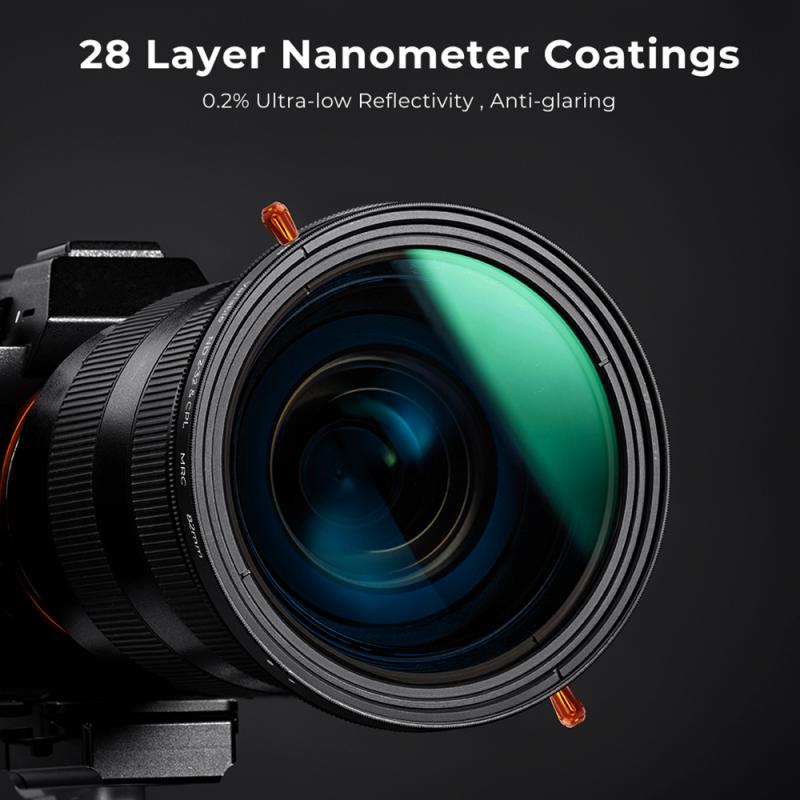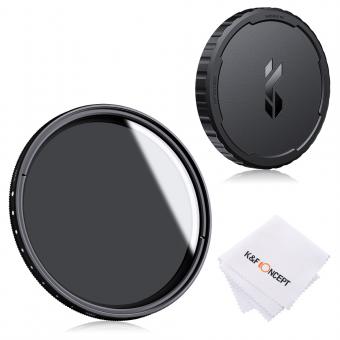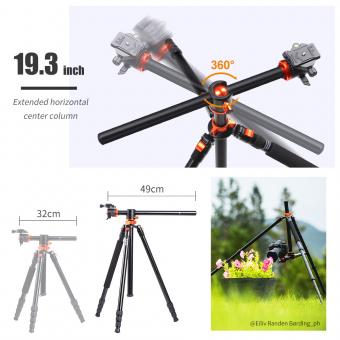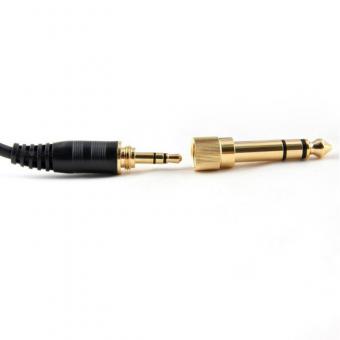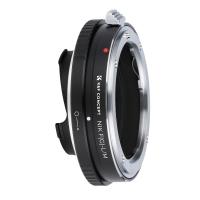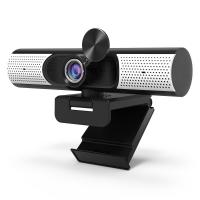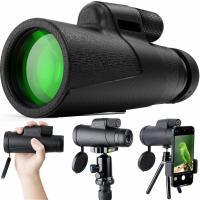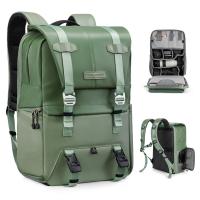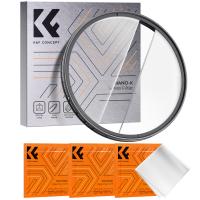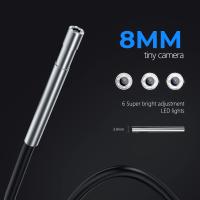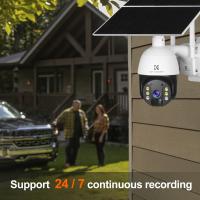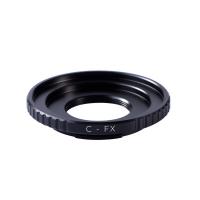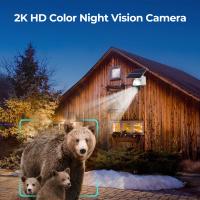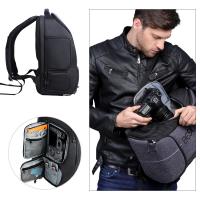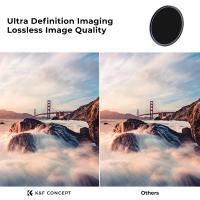How To Buy Nd Filter ?
To buy an ND filter, you can follow these steps:
1. Determine the filter thread size of your lens: Check the front of your lens for a symbol that looks like a circle with a line through it. This indicates the filter thread size in millimeters.
2. Decide on the strength of the ND filter: ND filters come in different strengths, usually measured in stops. The higher the number of stops, the darker the filter and the more light it blocks.
3. Choose the type of ND filter: There are different types of ND filters, including screw-on filters, square filters, and variable ND filters. Each has its own advantages and disadvantages.
4. Research and compare brands and prices: Look for reviews and recommendations from other photographers to help you choose a reliable brand. Compare prices from different retailers to find the best deal.
5. Purchase the ND filter: Once you have decided on the filter thread size, strength, type, brand, and price, you can make your purchase either online or in-store.
1、 Types of ND filters available in the market
How to buy ND filter:
When buying an ND filter, there are a few things to consider:
1. Filter size: Make sure the filter size matches the diameter of your lens.
2. Filter strength: ND filters come in different strengths, usually measured in stops. The higher the number of stops, the darker the filter and the more light it blocks.
3. Filter type: There are different types of ND filters, including screw-on filters, square filters, and variable ND filters. Each has its own advantages and disadvantages, so choose the one that best suits your needs.
4. Brand: Choose a reputable brand that produces high-quality filters. Some popular brands include B+W, Hoya, and Tiffen.
5. Price: ND filters can range from affordable to very expensive. Consider your budget and choose a filter that fits within it.
Types of ND filters available in the market:
1. Screw-on filters: These are the most common type of ND filter and are screwed directly onto the front of the lens. They are easy to use and come in a variety of strengths.
2. Square filters: These are larger filters that are placed in a filter holder attached to the front of the lens. They are more versatile than screw-on filters and allow for stacking of multiple filters.
3. Variable ND filters: These are adjustable filters that allow you to change the strength of the filter by rotating the front element. They are convenient to use but can sometimes produce a crosshatch pattern in the image.
4. IRND filters: These are ND filters that are designed to block infrared light, which can cause color shifts in images. They are useful for shooting in bright sunlight.
In conclusion, when buying an ND filter, consider the filter size, strength, type, brand, and price. There are different types of ND filters available in the market, including screw-on filters, square filters, variable ND filters, and IRND filters. Choose the one that best suits your needs and budget.
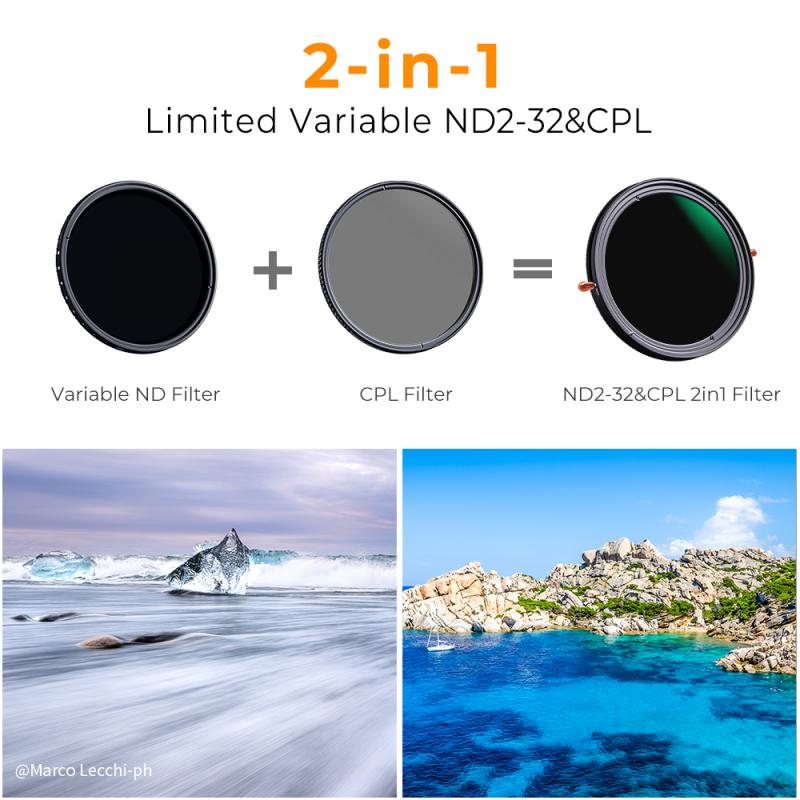
2、 Understanding ND filter strength and f-stop reduction
How to buy ND filter:
When buying an ND filter, there are a few things to consider. First, you need to determine the filter thread size of your lens. This can usually be found on the front of the lens or in the lens manual. Once you know the filter thread size, you can choose the appropriate size ND filter.
Next, you need to decide on the strength of the ND filter. ND filters come in different strengths, usually measured in stops. The higher the number of stops, the darker the filter and the more light it blocks. For example, a 3-stop ND filter will block three stops of light, while a 10-stop ND filter will block ten stops of light.
Understanding ND filter strength and f-stop reduction:
ND filters are used to reduce the amount of light entering the camera, allowing you to use slower shutter speeds or wider apertures in bright conditions. The strength of the ND filter is measured in stops, which refers to the amount of light the filter blocks. Each stop represents a halving of the amount of light that reaches the sensor.
For example, a 1-stop ND filter will reduce the amount of light by half, while a 2-stop ND filter will reduce the amount of light by a quarter. This means that if you were shooting at f/8 without an ND filter and you added a 2-stop ND filter, you could open up your aperture to f/4 and still maintain the same exposure.
The latest point of view:
ND filters are an essential tool for any photographer or videographer who wants to control the amount of light entering their camera. With the latest advancements in technology, ND filters are becoming more versatile and easier to use. Some filters now come with variable strengths, allowing you to adjust the amount of light blocking on the fly. Others are made with high-quality materials that reduce color cast and maintain sharpness. When buying an ND filter, it's important to consider your specific needs and the type of photography or videography you'll be doing. With the right ND filter, you can take your creativity to the next level and capture stunning images in any lighting condition.
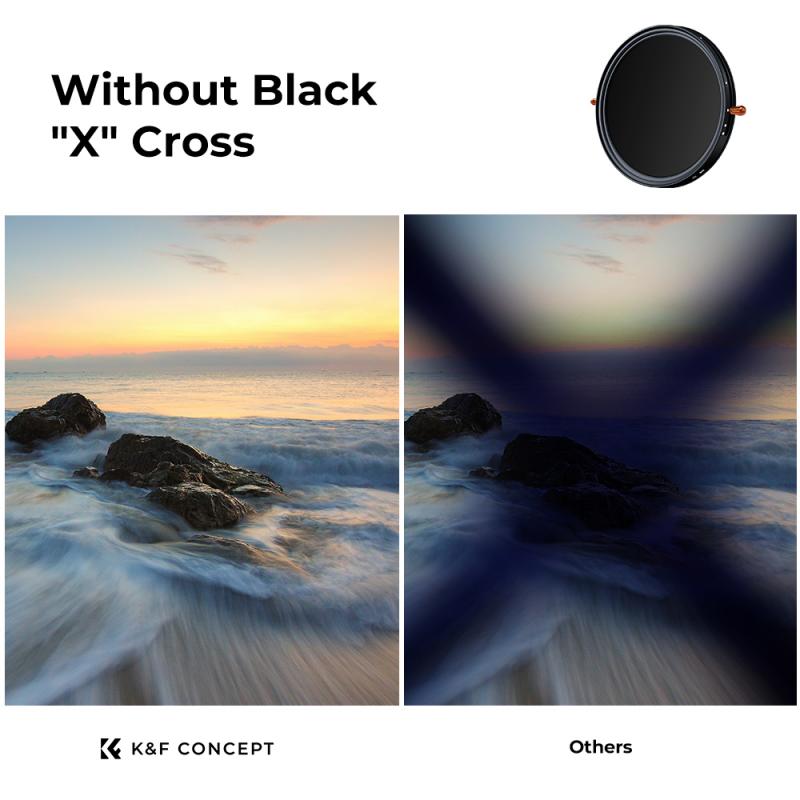
3、 Choosing the right ND filter for your camera lens
How to buy ND filter:
1. Determine the filter thread size of your camera lens. This can usually be found on the front of the lens or in the camera manual.
2. Decide on the strength of the ND filter you need. ND filters come in different strengths, usually measured in stops. The higher the number of stops, the darker the filter and the more light it blocks.
3. Consider the type of photography you will be doing. If you are shooting landscapes or long exposures, you may need a stronger ND filter. If you are shooting portraits or action shots, a lighter ND filter may be sufficient.
4. Choose the brand and quality of the ND filter. There are many brands of ND filters on the market, but not all are created equal. Look for a reputable brand with good reviews and a high-quality filter that won't degrade the image quality.
Choosing the right ND filter for your camera lens:
When choosing the right ND filter for your camera lens, it's important to consider the type of photography you will be doing and the lighting conditions you will be shooting in. For example, if you are shooting in bright sunlight, you may need a stronger ND filter to block out more light. On the other hand, if you are shooting in low light conditions, a lighter ND filter may be sufficient.
It's also important to consider the quality of the ND filter. Cheaper filters may cause color casts or reduce image sharpness, so investing in a high-quality filter can make a big difference in the final image. Additionally, some filters may be more durable or easier to clean than others, so consider these factors as well.
Finally, keep in mind that the latest point of view on ND filters is that they are an essential tool for any photographer looking to control exposure and create stunning images. With the right ND filter, you can capture motion blur, create shallow depth of field, and achieve a variety of creative effects that would be impossible without one.
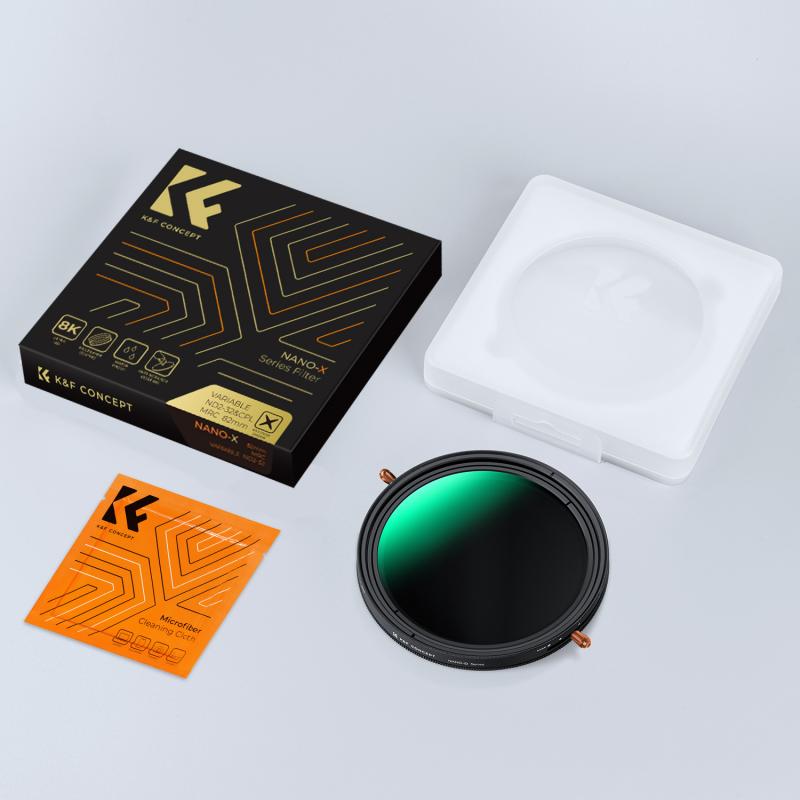
4、 Factors to consider when buying an ND filter
Factors to consider when buying an ND filter:
1. Filter Strength: ND filters come in different strengths, usually measured in stops. The higher the number of stops, the darker the filter and the more light it blocks. Choose a filter strength based on the amount of light you want to block and the effect you want to achieve.
2. Filter Type: ND filters come in different types, including screw-on filters, square filters, and variable ND filters. Each type has its advantages and disadvantages, so choose the one that best suits your needs.
3. Filter Size: Make sure to choose an ND filter that fits your lens. Most filters come in standard sizes, but some lenses may require a specific size.
4. Coating: Look for filters with multi-coating to reduce reflections and improve image quality.
5. Price: ND filters can range from budget-friendly to expensive. Consider your budget and choose a filter that offers the best value for your money.
6. Brand: Choose a reputable brand that offers high-quality filters. Some popular brands include B+W, Hoya, and Tiffen.
7. Compatibility: Check if the ND filter is compatible with your camera and lens. Some filters may cause vignetting or other issues on certain lenses.
8. Purpose: Consider the purpose of your ND filter. Are you using it for landscape photography, long exposures, or video? Different filters may be better suited for different purposes.
How to buy ND filter:
1. Determine the filter strength you need based on the effect you want to achieve.
2. Choose the type of filter that best suits your needs.
3. Check the filter size and make sure it fits your lens.
4. Look for filters with multi-coating to improve image quality.
5. Consider your budget and choose a filter that offers the best value for your money.
6. Choose a reputable brand that offers high-quality filters.
7. Check compatibility with your camera and lens.
8. Consider the purpose of your ND filter and choose accordingly.
